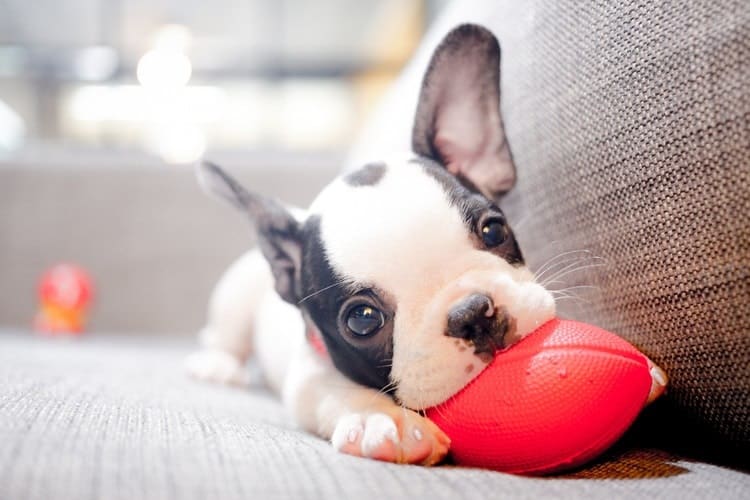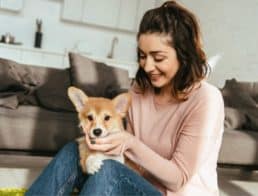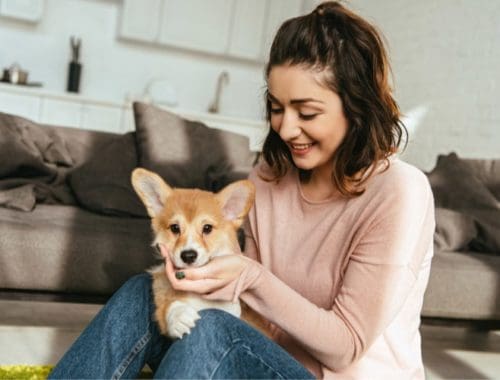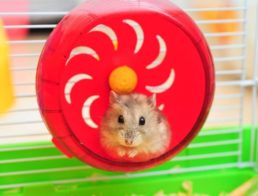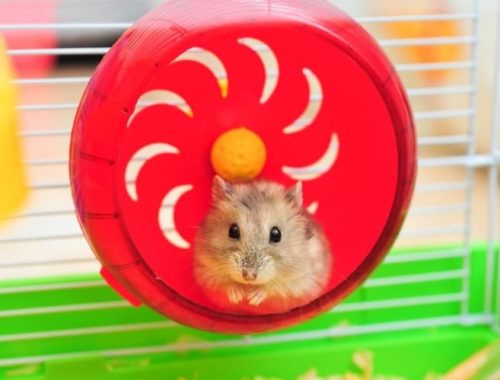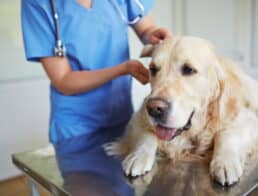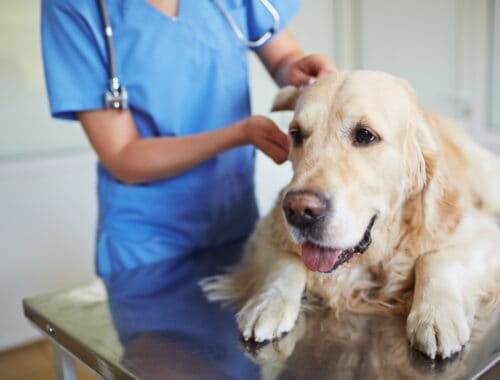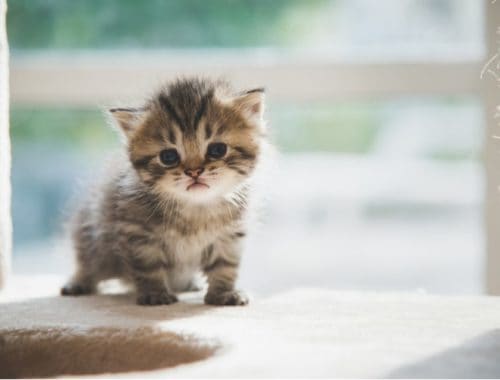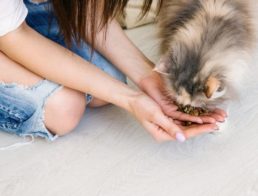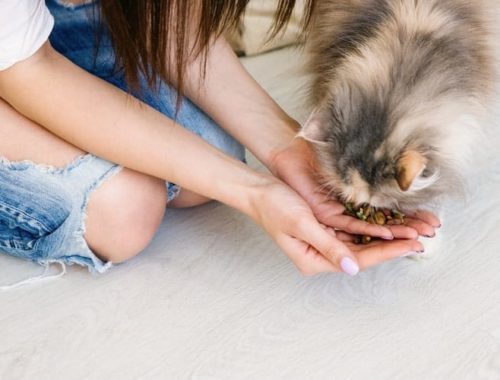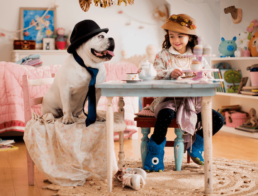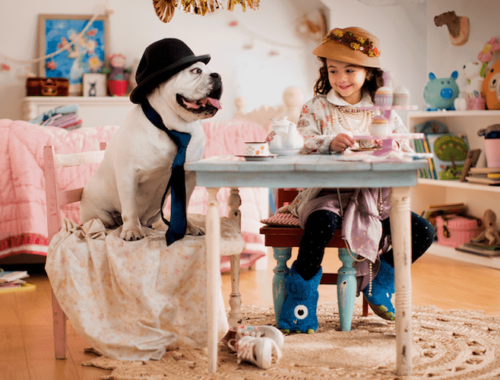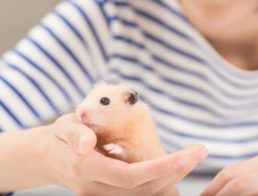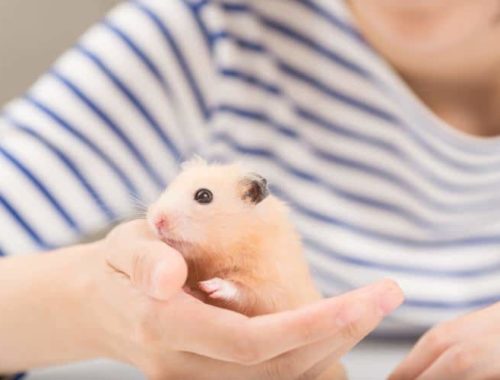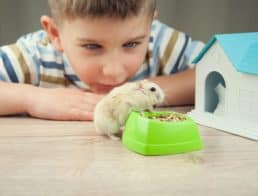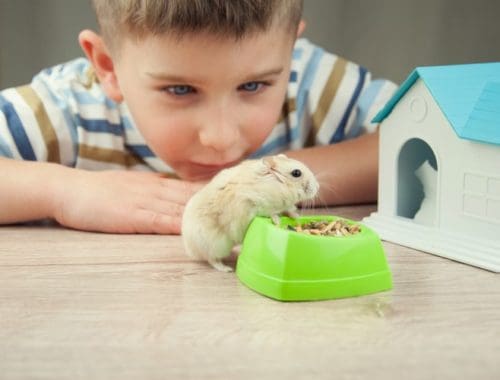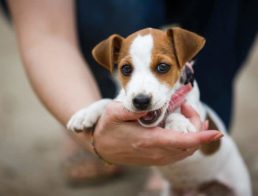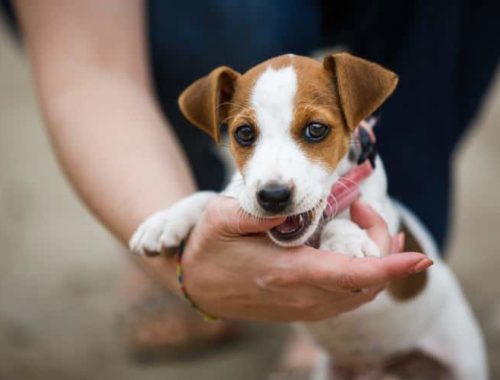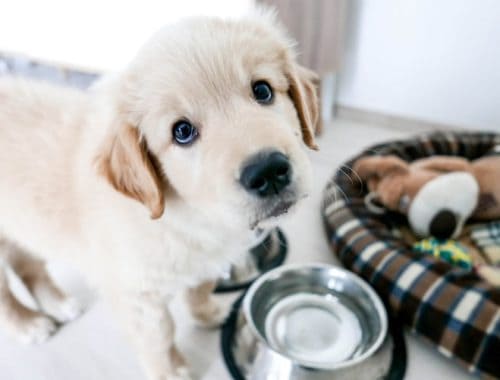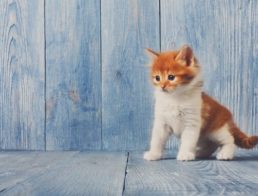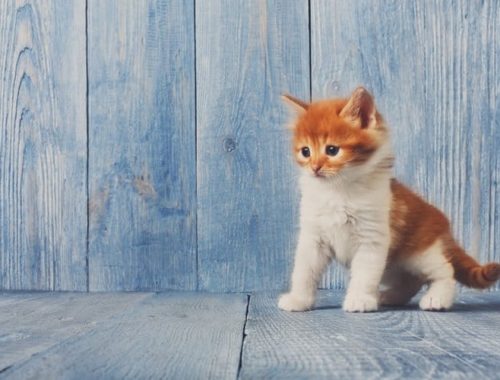Getting a new puppy can be a really exciting time for your family. However, you may find yourself getting so wrapped up in picking out what breed of dog and where you’re going to get him that you may let slip what you actually need for when he comes home. We’ve compiled a brief list of things you’ll want to think about getting before you bring home puppy and explained why below.
1. Plan for Treats, Food, and Water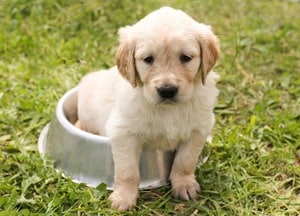
You’ll want to make sure you’re choosing a food and water dish that are ergonomic for your dog. That means if he’s tall, (or will be tall) you may want to look for elevated dishes that are elevated. But keep in mind you only want to choose this type of dish if your puppy is already large. Otherwise, consider a good automatic food dispenser. You may find your puppy struggles with eating because he eats too fast. If that’s the case, they make slow feeders that let your dog enjoy his food and not just inhale it.
For picking the right food, you’ll want to talk to your vet. But a good rule for starting out is to stick with “puppy” foods. Once he’s an adult, though, your options do open up quite a bit. Check out our list of the Best Organic and Dog Foods if you’re interested in natural or organic options.
If you plan on training your puppy (and you definitely should) you will probably want to take a look at smaller training treats that won’t make your puppy fat while you’re trying to train him to behave.
2. Get a Comfortable Dog Bed
Where will your puppy be sleeping? Even if you plan to allow your pup to sleep in your bed (which, sadly, will make his training a bit more difficult), it’s still a good idea to give him his own bed to make sure he has something that’s his. Take a look at our list of the Best Dog Beds to find the perfect bed for your new puppy.
3. Decide on Crate Training and House Training
If you plan to house train, you will want to prepare for the struggle. That means arming yourself with things like puppy pads and a door bell he can ring when he has to go out. Or you may want to invest in a doggy door.
If you decide to crate train, take a look at our lists of the Best Small Dog Crates and Best Large Dog Crates. You’ll probably want to get him a separate bed that fits his crate perfectly to make it extra-comfortable. Also consider getting specific food or water dispenser for the crate (although you may want to hold off using it until he’s properly trained).
4. Buy Any Needed Travel Accessories
No matter whether you kennel or take your dogs with you while you’re traveling, you’ll still need a dog leash for his walks and trips to the vet. Along with that leash, you’re going to need a dog collar and an ID tag. If your pup gets lost, a good samaritan will be able to reunite you quickly if your contact information is readily accessible.
If you plan on bringing your puppy with you on car trips, you may want to protect your car seats by buying a car hammock or car pet seat cover. If you plan to fly, you’ll want to get him an airline-rated travel crate. And if you just want to keep him feeling secure and safe in a hotel, there are fabric crates you can get that will allow him to have a familiar place, even in unfamiliar settings.
5. Puppy-Proof Your Home
You may want to invest in a few gates to limit your dog’s access in your home. Even if it’s not a permanent fix and you just want to keep him out of an area until he’s outgrown his hyperactive puppy stage, check out our list of the Best Dog Gates. You can also pick up some sprays that will put off a scent that’s unpleasant to your dog to prevent him from chewing on furniture. Really, though, the best way to make sure your puppy doesn’t misbehave is to give him an outlet – meaning appropriate things he can chew on.
6. Stock Up on Toys
Puppies teethe just like babies and as such, you’re going to need to be prepared for a chewer. You can buy some rawhides or antlers and plan to replace periodically. But be sure you always have a backup because the second you take your eyes off a puppy without providing him something to chew, he will find something – and that doesn’t bode well for your shoes. Opt for an indestructible toy that will allow him to chew to his heart’s content.
You’ll also want to look for puppy toys that are interactive so that you can play with him. The more you interact with him, the more readily he’ll feel a part of your family and the more readily he’ll adapt to his training. And when it comes to puppy play, there just isn’t a substitute for a good game of fetch or tug-of-war.
7. Keep Grooming and Medical Supplies on Hand
You’re going to want to keep your puppy fresh and clean smelling, so that means getting dog shampoo. Check out our guide to giving your dog a bath to learn the best bathing tricks. You also need toenail clippers (or to make a recurring appointment with your local groomer). Depending on your dog’s breed, you may also need grooming clippers to trim his hair down. You also need to get a good dog brush; one that de-sheds is a must for long hair dogs. Don’t forget to get his teeth cleaned, as well – a toothbrush and dog-safe toothpaste should be introduced early so your puppy gets used to it. Finally, don’t neglect your pup’s ears. Get a good dog ear cleaner to keep his ears clean and healthy.
Check out our lists of the Best Dog Nail Trimmers, the Best Dog Grooming Clippers, the Best Dog Brushes for Shedding Dogs, and the Best Dog Ear Cleaners for more options to help you stock up on the essentials.
Keeping your puppy healthy requires just as much diligence as his grooming does, if not more. You’ll need to check your puppy for fleas regularly and use flea and tick preventatives. You’ll also want to take a look at heartworm prevention, especially if you live in warmer climates. You can pick those up from your vet on your puppy’s first visit.
You may not have thought of all of these puppy requirements, but now that you have a list, you’re ready to go shopping. And even if shopping isn’t typically your thing, you’ll find that getting all the necessary supplies ahead of time means that you can spend every available moment bonding with your new four-legged best friend.


